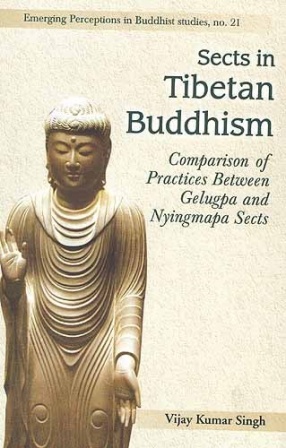This book is a comprehensive study of the evolution and development of Buddhist visual art in India and Sri Lanka, taking into consideration their diverse forms and the impact of diverse forms and the impact of regional trends on them. Consulting a number of original sources including scholarly works in the Sinhala language, Dr. Dabral highlights the salient features of ancient Buddhist art in the two countries with special attention to architecture, sculpture, painting, use of symbols like the lotus and Sri Lanka devil masks.
He emphasis how Sri Lankan Buddhist art though originally derived from Indian art, developed its own art forms on the basis of local conditions. The critical study evaluates Buddhist art under various rulers such as the Mauryan Empire, the Kusanas, the Nagas and the Guptas. With numerous plates and an extensive bibliography, it gives insights into important aspects like the architectural excellence of stupas and vihara, the Sigiriya frescoes, Ajanta and Bagh paintings, Mathura, andhara and Sarnath schools of art, and the Jatakas as reflected in carvings at Sanci, amaravati and other places.








There are no reviews yet.